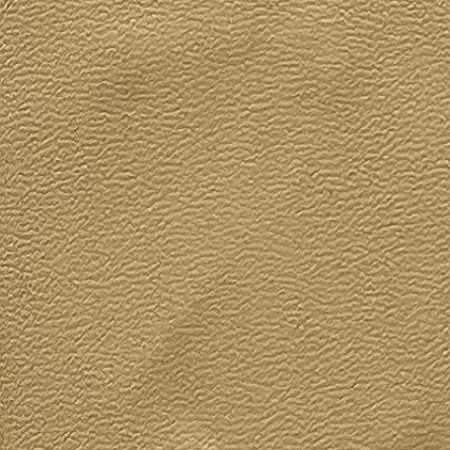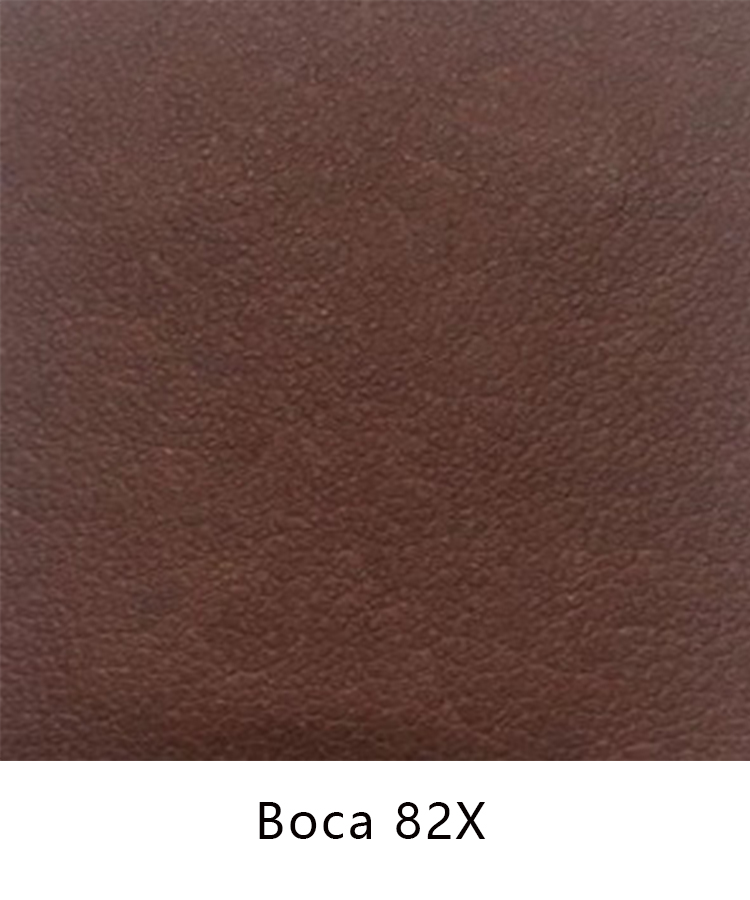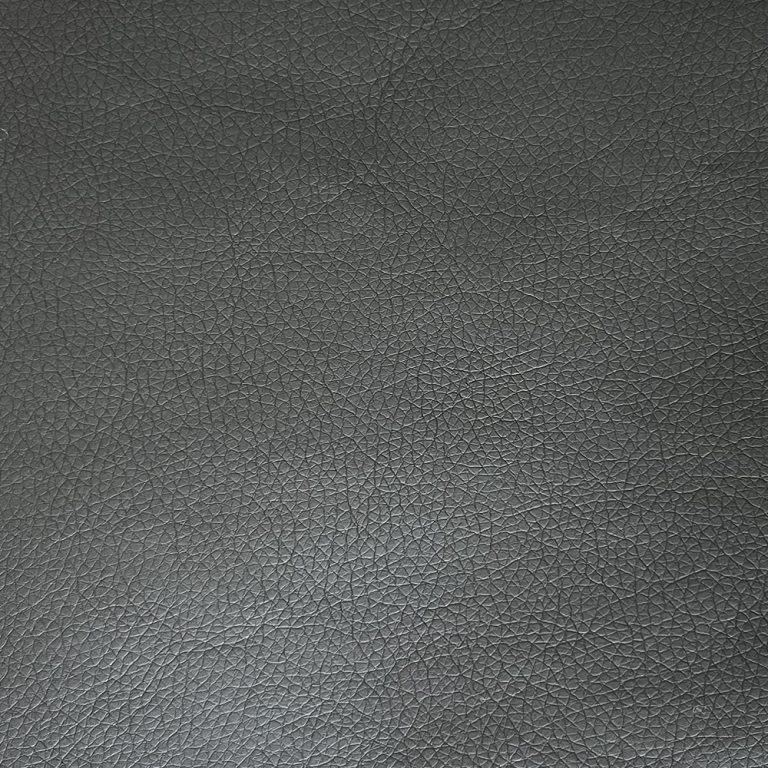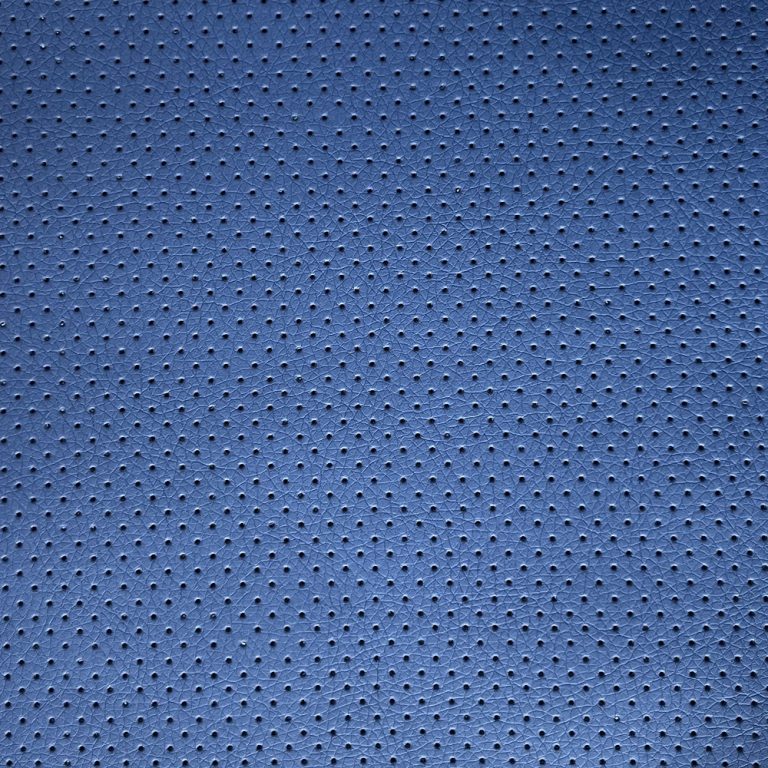Table of Contents
Pros and Cons of Leather Shoe Linings
When it comes to choosing the right shoe lining material, leather is a popular choice for many reasons. Leather shoe linings offer a luxurious feel, durability, and breathability that make them a preferred option for high-quality footwear. However, like any material, leather shoe linings also have their drawbacks. In this article, we will explore the pros and cons of leather shoe linings to help you make an informed decision when selecting your next pair of shoes.
One of the main advantages of leather shoe linings is their luxurious feel. Leather is a natural material that is soft to the touch and molds to the shape of your foot over time, providing a comfortable and personalized fit. This makes leather shoe linings a popular choice for dress shoes and other formal footwear where comfort is key.
In addition to their luxurious feel, leather shoe linings are also highly durable. Leather is a strong material that can withstand daily wear and tear, making it a long-lasting option for shoes. With proper care and maintenance, leather shoe linings can last for years, making them a cost-effective choice in the long run.
Another benefit of leather shoe linings is their breathability. Leather is a porous material that allows air to circulate around your foot, helping to keep it cool and dry. This can help prevent foot odor and discomfort, especially during hot weather or long periods of wear. Leather shoe linings are also less likely to cause blisters or irritation compared to synthetic materials that do not allow for proper ventilation.
Despite their many advantages, leather shoe linings also have some drawbacks. One of the main disadvantages of leather is that it can be prone to moisture damage. If leather shoe linings get wet, they can become stiff and uncomfortable, and may even develop mold or mildew if not properly dried. This can be a concern for those who live in rainy or humid climates, or for individuals who sweat heavily.
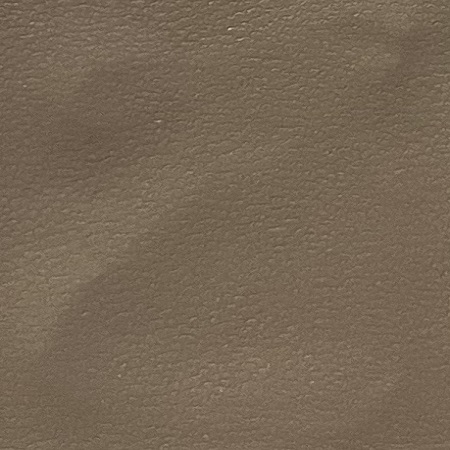
Another downside of leather shoe linings is that they require regular maintenance to keep them looking and feeling their best. Leather shoe linings should be cleaned and conditioned regularly to prevent them from drying out and cracking. This can be time-consuming and costly, as leather care products can be expensive. Additionally, some people may be allergic to the chemicals used in leather care products, making it difficult for them to maintain their leather shoe linings properly.
| Article Name | Class |
| Shoe inner lining | S |
In conclusion, leather shoe linings offer a luxurious feel, durability, and breathability that make them a popular choice for many people. However, they also have their drawbacks, including susceptibility to moisture damage and the need for regular maintenance. When choosing shoes with leather linings, it is important to consider these pros and cons to determine if leather is the right choice for your needs. Ultimately, the decision will depend on your personal preferences and lifestyle factors.
The Benefits of Breathable Fabric Shoe Linings
Shoe lining material is an essential component of any footwear, as it plays a crucial role in providing comfort and support to the wearer. One of the most popular choices for shoe lining material is breathable fabric, which offers a range of benefits that make it a preferred option for many consumers.
Breathable fabric shoe linings are designed to allow air to circulate within the shoe, helping to regulate temperature and prevent moisture buildup. This can help to keep the feet cool and dry, reducing the risk of discomfort and foot odor. In addition, breathable fabric shoe linings are often made from materials that wick away moisture, such as mesh or cotton, further enhancing their ability to keep the feet dry and comfortable.
Another benefit of breathable fabric shoe linings is their ability to prevent the growth of bacteria and fungi. By allowing air to circulate within the shoe, breathable fabric linings can help to reduce the buildup of sweat and moisture, which can create an environment conducive to the growth of odor-causing bacteria and fungi. This can help to keep the feet healthy and free from unpleasant odors, making breathable fabric shoe linings a popular choice for those who are prone to foot infections or odor issues.
Breathable fabric shoe linings are also known for their durability and longevity. Unlike some other types of shoe lining materials, such as leather or synthetic materials, breathable fabric linings are often more resistant to wear and tear, making them a cost-effective option for consumers looking for long-lasting footwear. Additionally, breathable fabric shoe linings are often easier to clean and maintain than other types of linings, making them a convenient choice for those who lead active lifestyles or are constantly on the go.
In addition to their practical benefits, breathable fabric shoe linings are also available in a wide range of styles and colors, making it easy for consumers to find a lining that complements their personal style and preferences. Whether you prefer a classic black lining or a bold, colorful option, there is sure to be a breathable fabric shoe lining that suits your taste.
Overall, breathable fabric shoe linings offer a range of benefits that make them a popular choice for consumers looking for comfortable, durable footwear. From their ability to regulate temperature and prevent moisture buildup to their resistance to bacteria and fungi, breathable fabric linings are a versatile option that can help to keep your feet healthy and comfortable throughout the day. Whether you are looking for a practical, long-lasting lining or a stylish option that complements your personal style, breathable fabric shoe linings are a great choice for anyone in need of quality footwear.
Exploring the Sustainability of Recycled Shoe Lining Materials
In recent years, there has been a growing awareness of the environmental impact of the fashion industry, particularly in the production of footwear. As consumers become more conscious of the materials used in their shoes, there has been a shift towards sustainable and eco-friendly options. One area that has gained attention is the lining material used in shoes, which plays a crucial role in providing comfort and support to the wearer.
Traditionally, shoe linings have been made from a variety of materials, including leather, synthetic fabrics, and foam. While these materials offer durability and comfort, they also come with a significant environmental cost. Leather production, for example, is associated with deforestation, water pollution, and greenhouse gas emissions. Synthetic fabrics, on the other hand, are often made from petroleum-based materials that are non-biodegradable and contribute to plastic pollution.
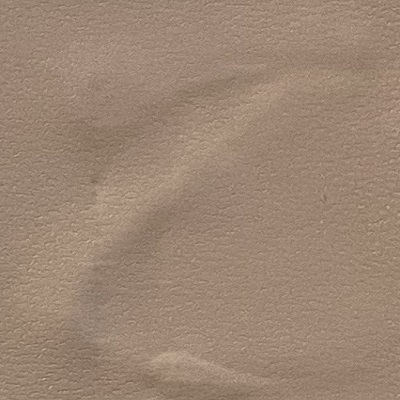
In response to these environmental concerns, many footwear brands are now exploring the use of recycled materials for shoe linings. Recycled materials offer a more sustainable alternative to traditional options, as they help reduce the demand for new resources and divert waste from landfills. Additionally, using recycled materials can help brands reduce their carbon footprint and improve their overall sustainability practices.
One popular option for recycled shoe linings is recycled polyester. Polyester is a versatile and durable material that can be made from recycled plastic bottles, textile waste, or other post-consumer materials. By using recycled polyester for shoe linings, brands can help reduce the amount of plastic waste in the environment and lower their reliance on virgin materials. Recycled polyester linings also offer the same level of comfort and performance as traditional linings, making them a viable option for eco-conscious consumers.
Another sustainable option for shoe linings is recycled foam. Foam is commonly used in shoe linings to provide cushioning and support, but traditional foam materials are often made from petroleum-based chemicals. Recycled foam, on the other hand, is made from post-consumer materials such as recycled rubber or foam scraps. By using recycled foam for shoe linings, brands can reduce their environmental impact and promote a circular economy by reusing materials that would otherwise end up in landfills.
In addition to recycled polyester and foam, some brands are also exploring innovative materials such as cork, bamboo, and hemp for shoe linings. These natural materials offer a more sustainable alternative to traditional options, as they are biodegradable, renewable, and require fewer resources to produce. Cork, for example, is a sustainable material that is harvested from the bark of cork oak trees without harming the tree itself. Bamboo is another eco-friendly option that grows quickly and requires minimal water and pesticides to cultivate. Hemp is a versatile plant that can be used to make durable and breathable linings for shoes.
Overall, the use of recycled and sustainable materials for shoe linings is a positive step towards reducing the environmental impact of the footwear industry. By choosing eco-friendly options, brands can help protect the planet and promote a more sustainable future for fashion. As consumers become more aware of the importance of sustainable materials, it is likely that the demand for recycled shoe linings will continue to grow. By investing in sustainable practices and materials, brands can not only reduce their environmental footprint but also appeal to a growing market of eco-conscious consumers.


